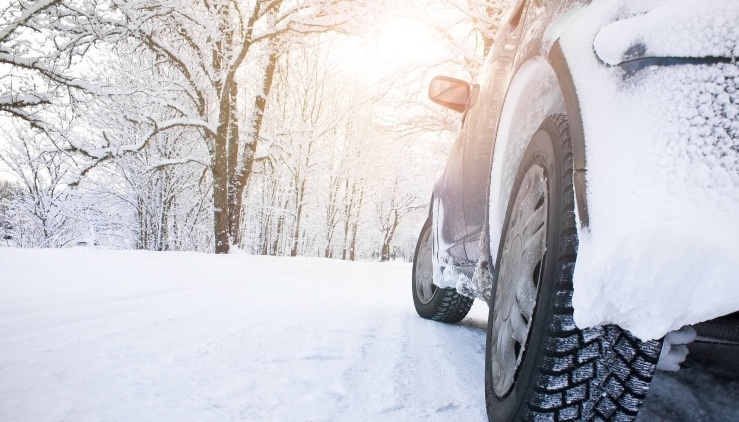Despite the fact we in Britain are virtually guaranteed some kind of snowfall each winter, the soft white stuff still takes many of us by surprise.
But there are precautions and actions drivers can take in order to reduce any risks – to themselves, other road users and pedestrians.
There are also some valuable pieces of advice for staying in control of cars in the ice and snow.

• Clearing the snow from your vehicle can make it easier to see the road, and will eliminate the risk of pedestrians being hit by falling snow or ice.
• Move off in second gear, taking weight off the clutch gently in order to prevent a wheel spin.
• Try not to come to a halt half-way up a hill – make sure your path is clear whilst still at the foot of the incline. Keep your speed constant, selecting a suitable gear beforehand.
• Make sure you are wearing dry, comfy shoes when you drive, as opposed to snow-caked, slippery ones. A spare pair for in the car might be a good idea.
• Going downhill: keep your speed down, choose a low gear and try not to use the brakes.
• Any application of brakes should be done gently. If your vehicle starts to skid, release the brakes and de-clutch, before gently re-applying the brakes.
• For those with automatic transmissions, it is advisable to choose ‘2’ for slippery conditions. This should help prevent too many gear changes, and helps ensure you need the brakes less.
• If your automatic has a ‘Winter’ mode, ensure you use it.
• Getting stuck: keep steering straight and remove as much snow from your wheels as you can. To give your tyres some grip, place an unwanted mat or rug in front of them.
And don’t forget to keep your car breakdown cover details with you at all times in case you suffer a mechanical problem.




